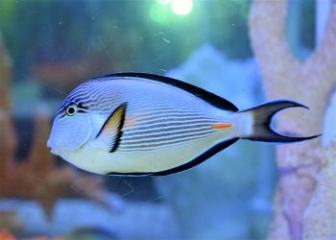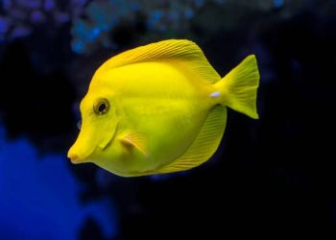Picasso Fish - Artwork in the ocean
Blog | by
Picasso fish, a marine aquarium fish with an impressive, eye-catching appearance that looks extremely artistic, has an aggressive temperament, is omnivorous, and is highly territorial.
Picasso fish , a fish of the bullfish family, is considered a beautiful "work of art" swimming under the ocean - standing out with its colorful colors, strong and aggressive temperament and very attractive to marine aquarium hobbyists.
To understand information about the origin, habits and care of Picasso fish, please follow the article below of nice fish !
Picasso Fish Information :
| Scientific name | Rhinecanthus aculeatus |
| Common name | Picasso Fish |
| Set | Tetraodontiformes - Puffer fish |
| Surname | Balistidae - Leatherback fish |
| Spend | Rhinoceros |
| Species | R. aculeatus |
| Source | Indian Ocean, Pacific Ocean, Pacific Ocean and Atlantic Ocean |
| Size | 20 - 30 cm |
| Lifespan | 5 - 10 years |
| Diet | Gobble |
Origin and distribution of Picasso fish
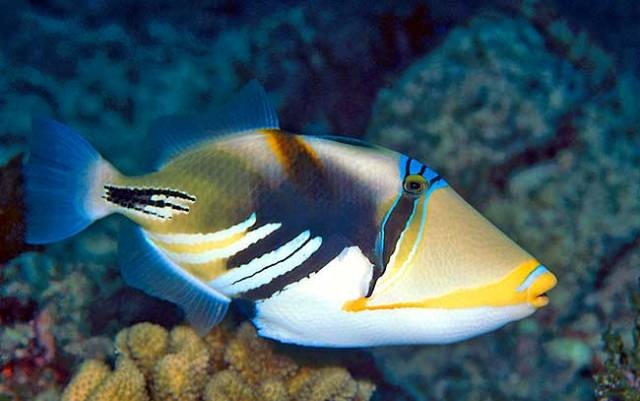
Picasso bullfish has a wide distribution range throughout tropical and subtropical seas around the world.
Picasso Cowfish has the scientific name Rhinecanthus aculeatus, a species of fish belonging to the cowfish family, with a wide distribution range in tropical and subtropical seas around the world, specifically:
- Indian Ocean: East Africa, Madagascar, Maldives
- Pacific: Indonesia, Philippines, Papua New Guinea
- East Sea: Vietnam, specifically the Spratly and Paracel Islands
- Australia: Great Barrier Reef
- Hawaii : Japan.
They usually live in coastal lagoons, shallow coral reefs with depths from 1 - 30 meters above sea level or rocky areas, areas with coral and gentle currents.
In Hawaiian, this fish is called "Humuhumunukunukuāpuaʻa" - the state fish of Hawaii.
Their name "Picasso" comes from their brightly colored bodies with irregular black stripes that make them look like a very special abstract painting.
Picasso Fish Appearance

Close-up of the "artistic" appearance of the Picasso fish.
Picasso Triggerfish is a leather-skinned Triggerfish with the most impressive patterns and colors in the Triggerfish family. Specifically as follows:
- Body : Flat, oval, looks very strong.
- Size : On average, adult fish are 20 - 25 cm long, in artificial tanks they are only about 15 - 20 cm.
- Mouth : small, pointed, forward-facing, strong teeth.
- Color : The fish's body has a light beige or yellow-gray background, with two additional blue stripes running diagonally along the body, a blue-black border around the eyes and mouth that looks like a mask, and an orange-yellow strip running diagonally from the back down to the belly.
- Dorsal fin, anal fin : Light yellow, transparent, with blue or orange edges.
- Tail : Small, fan-shaped, sometimes with a faint dotted pattern, transparent or pale blue in color.
- Stiff dorsal fin : Can be erected for self-defense or inserted into rock crevices when sleeping, this is also a characteristic of the Cowfish family.
- Eyes : Small, round, flexible, can move independently of each other.
Picasso Fish Behavior
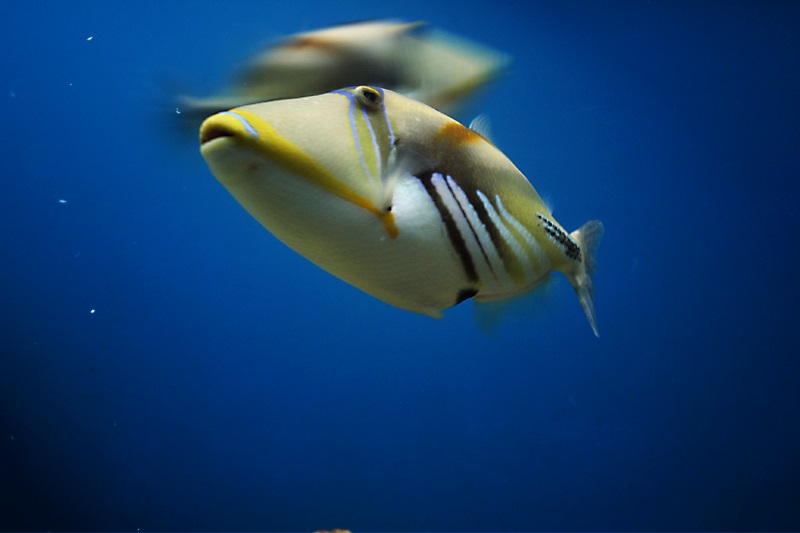
Image of a cow fish rising to the surface of the water.
Below are the typical characteristics of the Picasso fish, please learn more!
Highly territorial
Picasso Fish are very territorial, especially in captivity. They will attack other fish if they feel their territory is being invaded.
In the natural environment, they always choose places with many crevices in rocks and corals as shelter and try to protect their area.
fierce temperament
Despite its beautiful, artistic appearance, this fish is very aggressive, especially towards smaller and weaker fish.
The older they get, the more obvious this behavior becomes, so when choosing fish to raise together, you must choose carefully.
Is an omnivorous fish
Picasso fish are omnivorous, eating crustaceans, mollusks and algae in the wild. They can even use their super strong teeth to crack open the shells of clams, crabs and snails to eat the meat inside.
This fish is even very intelligent, when attacking prey with a hard shell on top, they also know how to flip down to attack the soft part below the body.
Well adapted
Picasso fish are very adaptable and when kept in an artificial tank, they only need shelter in the form of live rock or artificial rocks. However, they like to swim and "patrol" their territory so a large tank is needed to reduce stress and swim more comfortably.
Detailed instructions for raising Picasso fish from A to Z
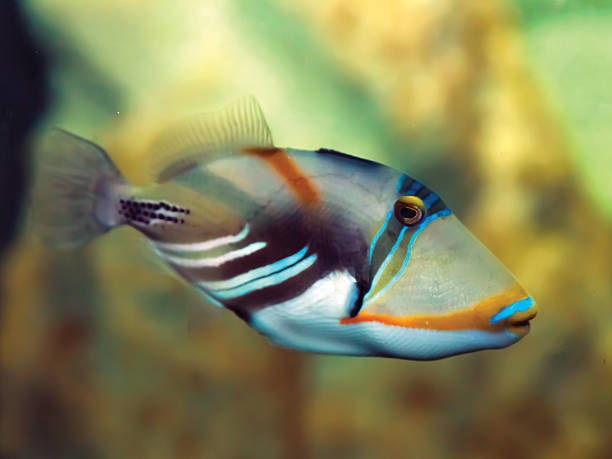
Picasso fish need plenty of space to swim.
Right below is a super detailed guide to raising Picasso fish for both beginners and professionals, please refer to it now.
Preparing the tank for Picasso fish
To help Picasso fish have a comfortable swimming space and living conditions similar to the natural environment, you need to prepare an aquarium that meets the following requirements:
- Capacity : Minimum 300 liters for 1 fish, best from 400 - 500 liters or more
- Necessary equipment : High capacity water purifier, skimmer to remove organic matter, fake flow generator, high capacity aerator.
- LED lighting system : Choose a light specifically for marine fish.
- Decoration : Use live rock, dead coral or artificial caves to create shelter for the fish, making them feel safe. Use sturdy decorations, as this fish has the ability to ram and bite decorations.
Water parameters suitable for raising Picasso fish
For Picasso fish to grow well, be healthy and live the longest, the water in your tank needs to meet the following criteria:
- Temperature : 24 - 28 degrees Celsius
- pH : 8.1 - 8.4
- Salinity : 1.020 - 1.025
- Ammonia/Nitrite : Always 0 ppm because these two substances are very toxic to fish.
- Nitrate : < 20 ppm
- Change tank water : Change 15 - 20% of water every week.
cycled tank
This is required before releasing fish into the tank to help stabilize the environment, converting toxic substances such as Nitrite and Ammonia into Nitrate, which is less toxic. The way to cycle a saltwater tank is as follows:
- Step 1 : Drop a little pellet food into the ammonia tank, after 2-3 days test the water until NO3 appears.
- Step 2 : Use live microorganisms in bottles, live rocks with available microorganisms on the rocks to shorten the process to 7 - 14 days. During this stage, continue to aerate, maintain the temperature at 25 - 27 degrees Celsius for bacteria to grow quickly.
- Step 3 : Continuously monitor the cycle process until NH3, NO2 = 0, NO3 increases and it is complete.
- Step 4 : Change 30 - 50% of the water in the tank and prepare to release the fish.
What do Picasso fish eat?
As shared, Picasso fish are omnivorous fish, more inclined to meat, so when raising them in a tank, you can feed them the following foods:
- Shrimp, squid, small fish, snail meat, clams, mussels, live clams, chopped.
- Sinking pellet food for carnivorous fish.
Note :
- Feed fish 1 - 2 times/day with adequate amount of food.
- Occasionally feed fish shells and crabs to sharpen their teeth.
Which fish should Picasso fish be kept with?
Because this fish is highly territorial, very aggressive and prone to fighting with other fish, it is best not to keep it with gentle fish, specifically as follows:
Should be kept with :
- Parrotfish
- Large Angel Fish
- Big clown fish
- Other species of crawfish if the tank is large enough
Should not be kept with :
- Soft coral.
- Ornamental shrimp
- Snails, starfish
- Small, weak, slow swimming fish
Health care, disease prevention for Picasso fish
To ensure the health of this fish, you need to monitor and observe the fish every day to detect any unusual signs and treat them promptly.
Some common diseases in fish and how to treat them :
| Disease name | Token | How to handle and treat |
| White mushroom |
Fish have white cotton-like spots on the body, fins, gills,... Fish rub themselves against rocks and decorations to relieve itching. Fish stop eating, swim sluggishly |
Isolate sick fish Increase temperature slightly for 3 - 4 days to kill parasites. Use fish fungus medicine |
| Stress | Fish stop eating, lose color, or hide in crevices or caves. |
Keep the water environment stable. Reduce the number of fish kept together |
| Skin parasites |
Itchy fish, often hide in caves, crevices in rocks Parasites appear on the skin, fins, gills |
Isolate sick fish Bathe fish in fresh water for 2-3 minutes Pick up and remove parasites on the skin Use antiparasitic drugs |
How much is Picasso fish?
Currently, the price of Picasso fish in Vietnam is not clearly announced, but it usually fluctuates from about 1,200,000 VND or more, depending on the origin, size, store selling it, and the condition and color of the fish.
Imported Picasso fish are often more expensive due to shipping and quarantine costs. Prices also vary depending on the time, so to know exactly, please contact the aquarium stores directly for more detailed advice!
The most beautiful Picasso fish pictures
Please take a look at the beautiful Picasso fish images compiled below to see if they resemble works of art swimming in the ocean.

Beautiful image of a Picasso Bullfish.
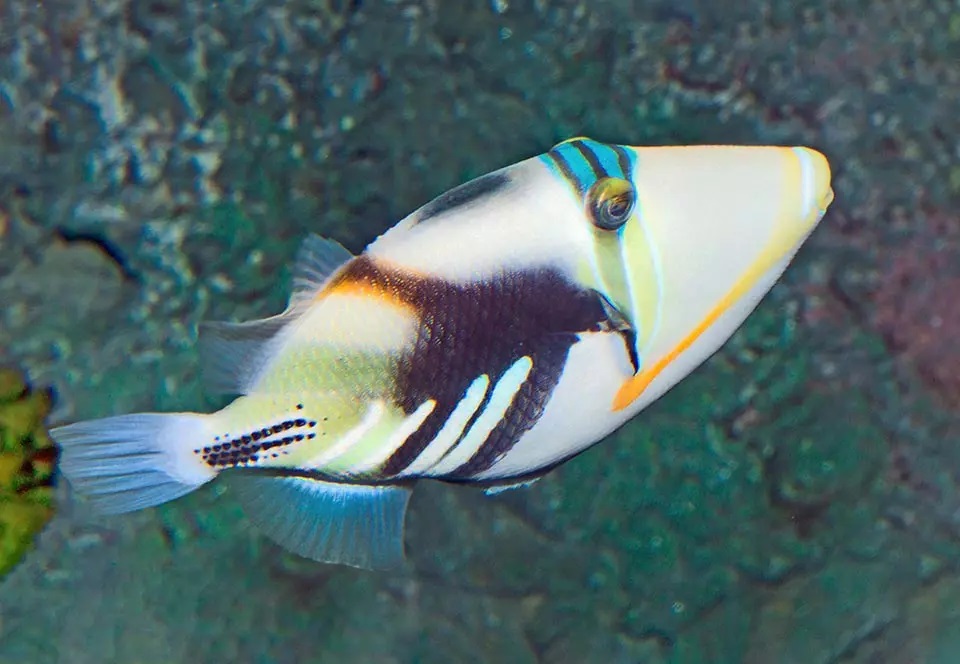
Picasso Fish with impressive colors and patterns.
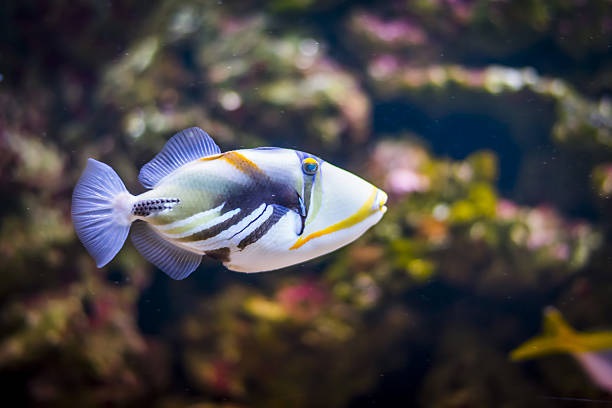
A Picasso fish swimming on a coral reef.
Through the above article, nicefish.net has shared with you all the information about Picasso fish . This is a marine ornamental fish with a beautiful, impressive appearance but quite aggressive temperament, so you need to consider carefully before raising it, especially for community aquariums!
To discover more beautiful marine and freshwater aquarium fish, please visit our Blog section to learn more!
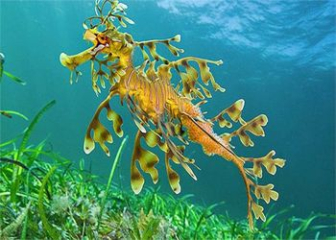
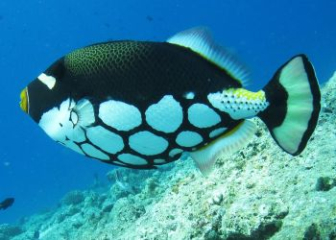
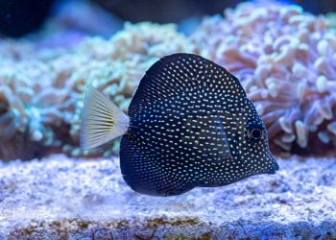
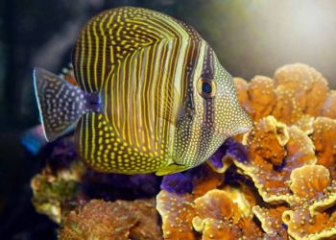
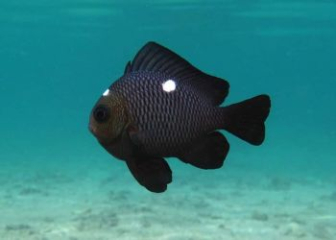
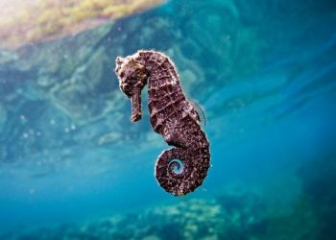






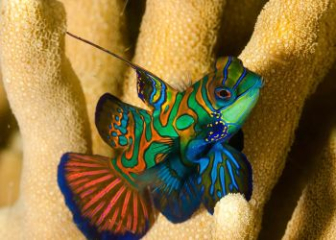

_350x250.jpg)


